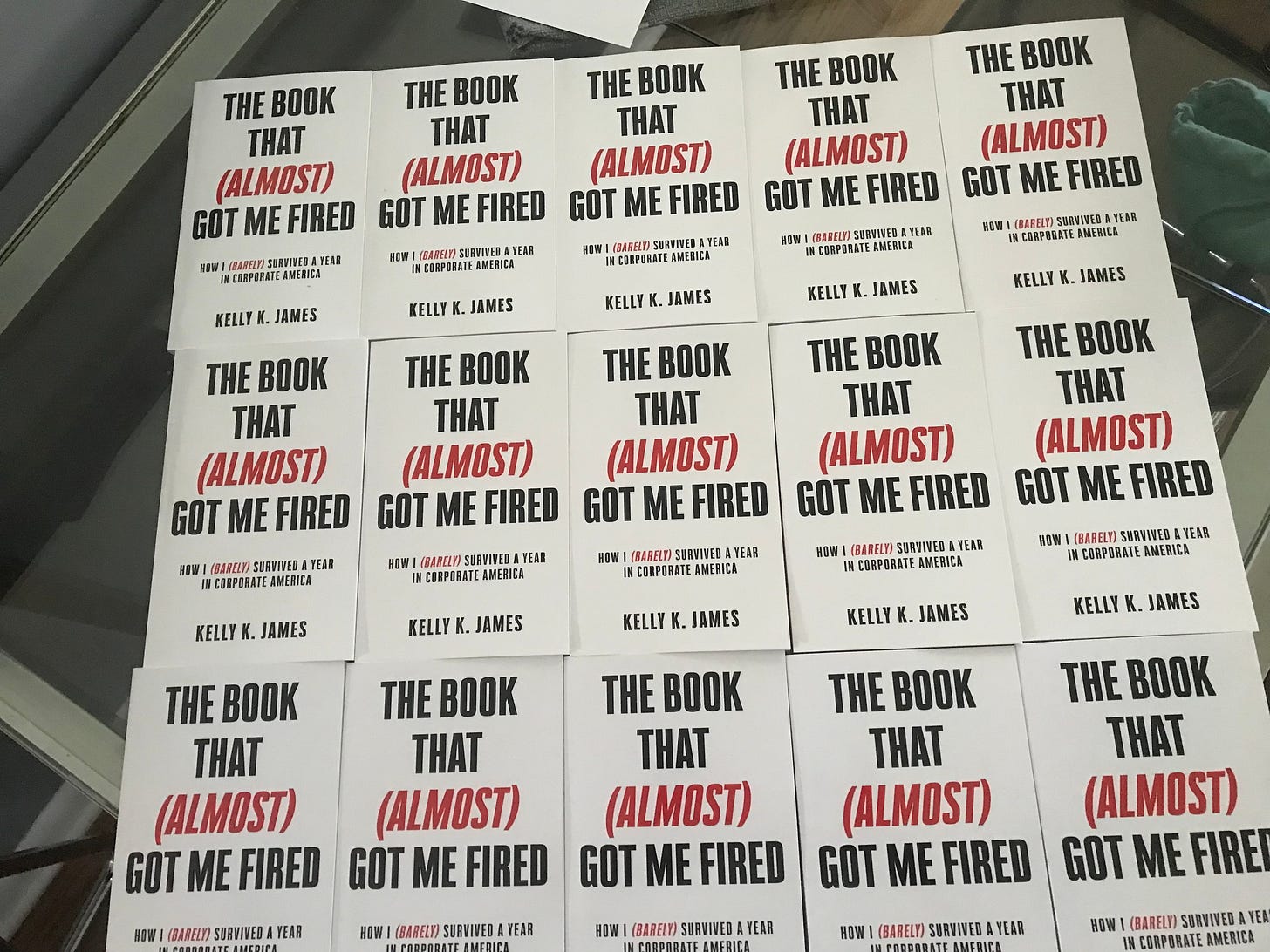A couple of weeks ago, I did something I’ve never done before. I pitched an essay — and sold it before I wrote it.
While this is how I’ve always queried articles, I’d never used this approach for an essay before. (Shoutout to Amy Paturel, who recommends this approach, and teaches several info-packed, helpful courses on essay-writing.)
(Instead, I would write the essay, and then try to find a home for it. It wasn’t necessarily efficient, but I don’t know what I’m going to write in an essay until I actually write it.)
Well, my new approach worked. I sold the piece. And then I had to write it. [More about that in my next blog post.]

Over the last couple of years, I have been writing more “reported” essays. While an essay is typically limited to your personal experience, a reported essay includes other information — think facts, statistics, quotes from experts — about the subject of your piece. That reporting makes it more engaging for your reader, who’s more likely to relate to it. It also is easier to sell a reported essay to an editor, which is what we’re after.
Here’s my pitch, which I sent to Next Tribe, a website for women 45+:
Dear Jeannie:
I’ve always wanted to meditate. And I’ve never been able to. Distractable by nature, I found it impossible to “sit” and breathe, or try to think about nothing, or focus on a mantra. Last January, I decided I would try again, and simply sit, and focus on my breath and try to clear my mind, for three minutes at a time. I couldn’t do it. But I kept at it, gradually developing the ability to notice my thoughts and let them go, without reacting to them. Over time, I added minutes to my practice and now “sit” for 30 minutes every day.
I sleep better. I’m less anxious. I’m less reactive. More thoughtful. And … much less ambitious. The drive I took for granted was fueled by anxiety, and has all but disappeared. When I meditate, I’m reminded that “nothing matters” (one of the mantras I’ve used). “Meditation Wrecked my Mojo” will be a reported essay on the surprising benefits (and potential drawbacks) of meditation, reporting on recent research, and include a simple primer on how to get started. (For example, one study found that 1 in 20 people who practiced mindfulness negative side effects, a fact that surprised me.) I estimate 800 words for this story, which would run in your “Mind” section.
[Usually, I’d include a few lines about my writing background but in this case, I’d worked with Jeannie before, so I omitted that in this pitch.]
Note that I could have pitched a straightforward article, like “how to meditate” or “the benefits of meditation” with this query. And I probably will do so, as I’m a fan of “double-dipping,” or writing about the same subject more than once. But I wanted to write an essay about my experience with meditation, so I pitched that instead.
Next blog post, I’ll talk about the process of writing an essay that you’ve already sold—but haven’t actually written. Stay tuned!
*Less than two weeks until my midlife memoir,The Book That (Almost) Got Me Fired: How I (Barely) Survived a Year in Corporate America, is published (it’s available for pre-order!) … and I’m going to do some fun stuff, both on the blog and IRL to promote it!




Thank you so much for the shout out, Kelly. Now I just need to launch my substack. You are a master of the craft- always have been, and I have learned so much from YOU!
Kelly, reported essays are my favorite, thanks for the reminder to pitch them more. You're a master at a good pitch letter, by the way!